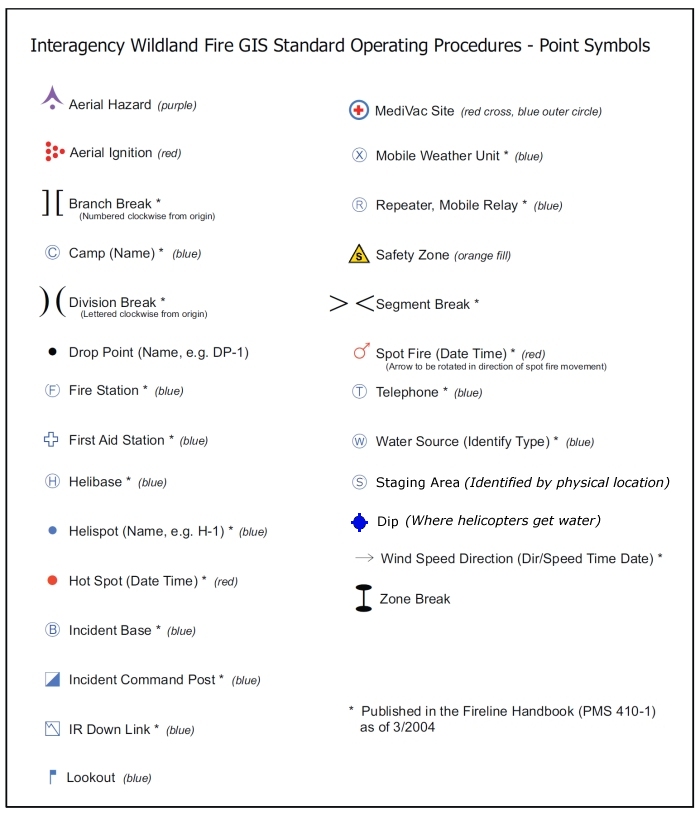|
Presented below are relevant excerpts from an introduction module for understanding GIS mapping symbols.
If provided with maps at an emergency event, or if downloading maps using a tablet, we must recognize critical symbols for both operational safety and to fully understand the locations where we have been assigned to perform tasks. Responder accountability is critical during emergency events, and Incident Commanders need to have confidence that all responders are operating safely and are in areas where they have been assigned.
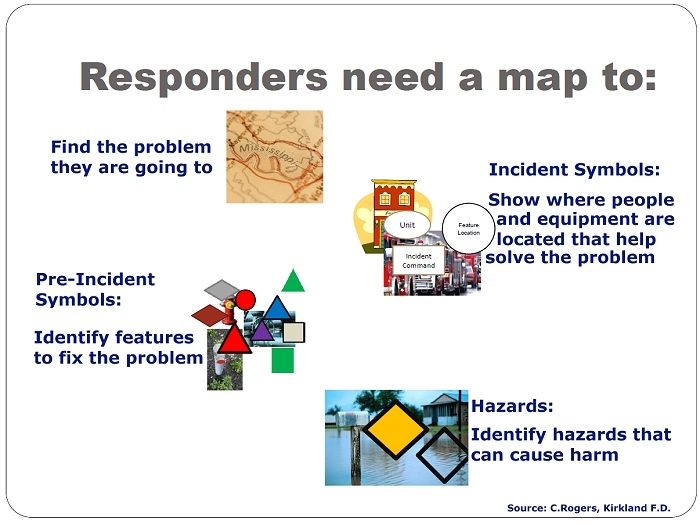
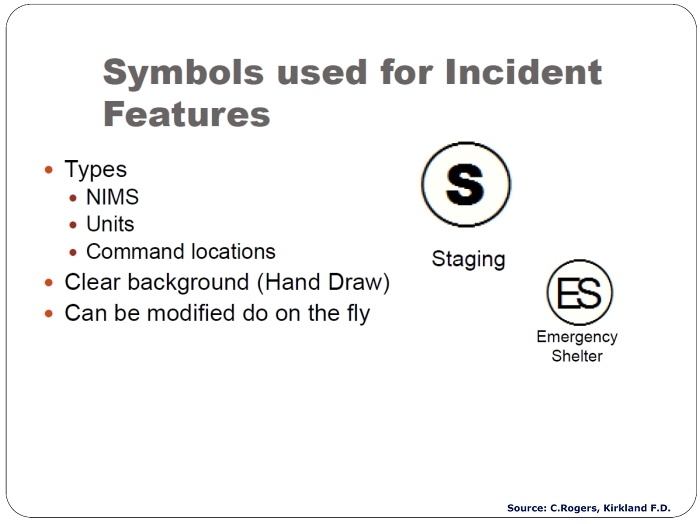
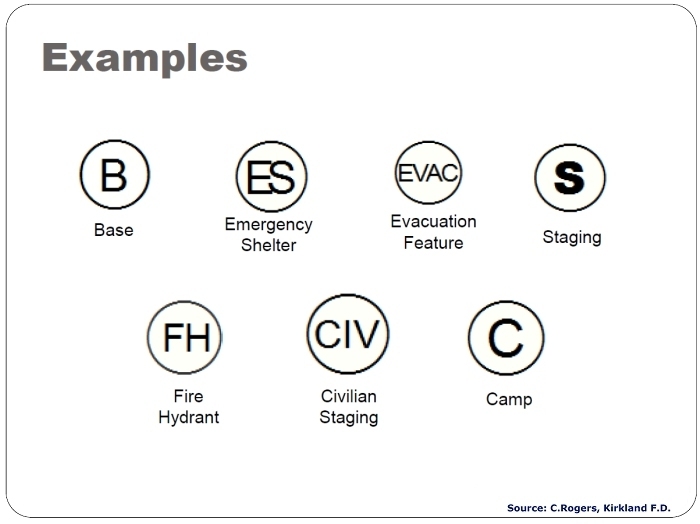
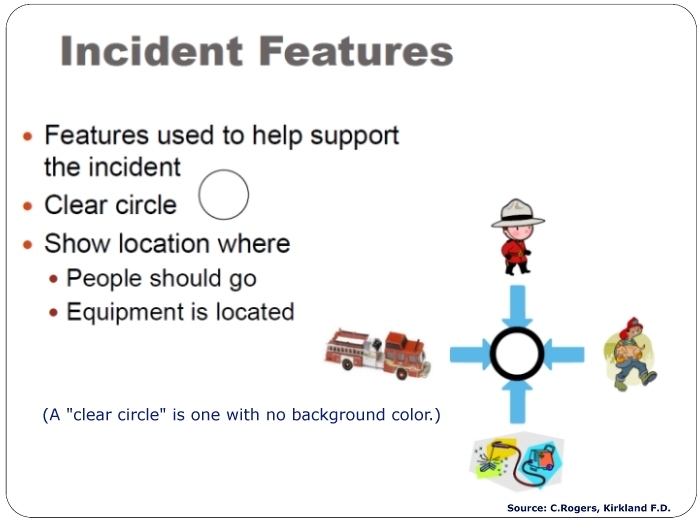
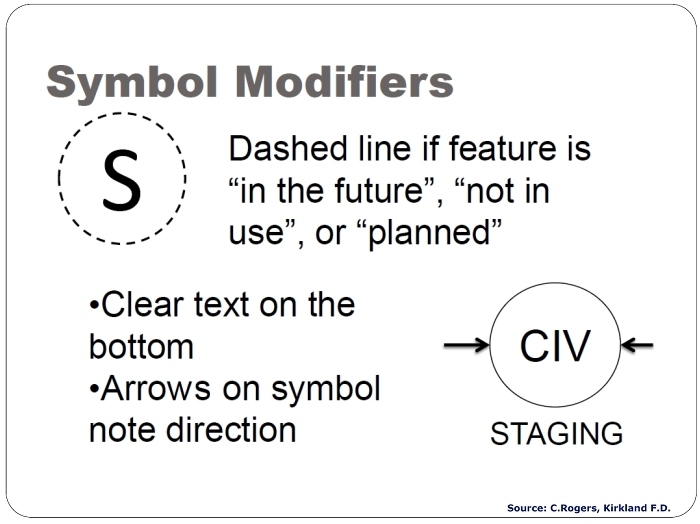
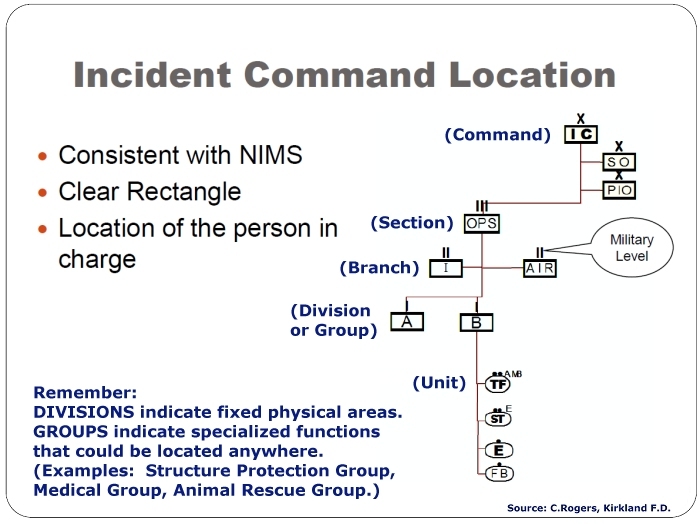
Note: Branches and Divisions often have gaps in their sequences to allow for additional branches and groups to be inserted as the fire expands. For example, in the early stages a fire may have Divisions A (Alpha), M (Mike), Q (Quebec) and Z (Zulu). As the fire expands, more units arrive and the span of control has to be adjusted, additional divisions will be initiated with letters that fall within the sequential order. When the numbers of divisions exceed the recommended span of control, branches will be formed to supervise a reasonable number of divisions, often with "skips" between their numbers in the event additional branches are later required. Example: Branch I, Branch III, Branch V.
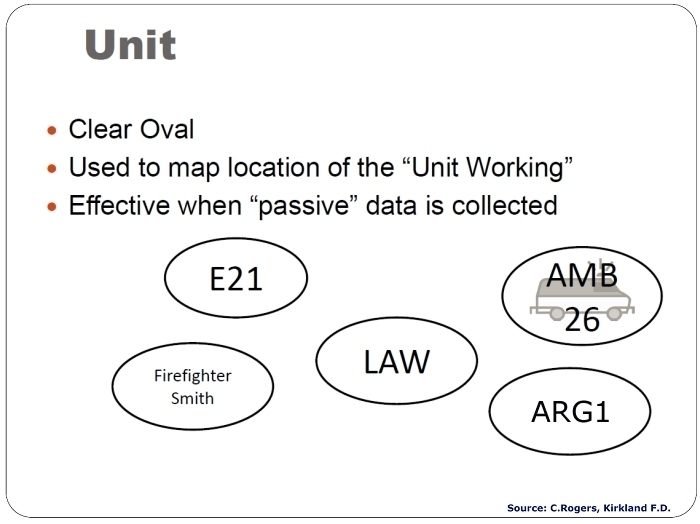
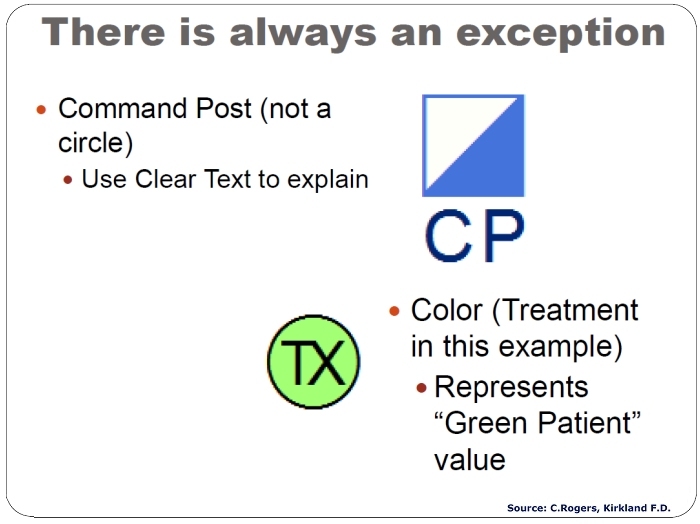
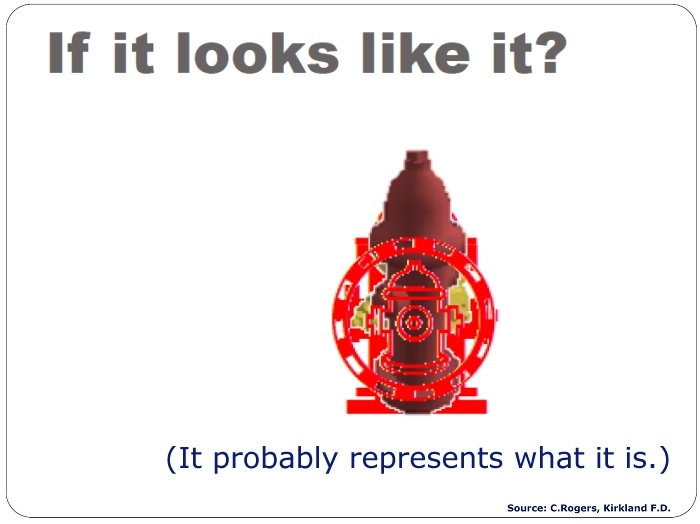
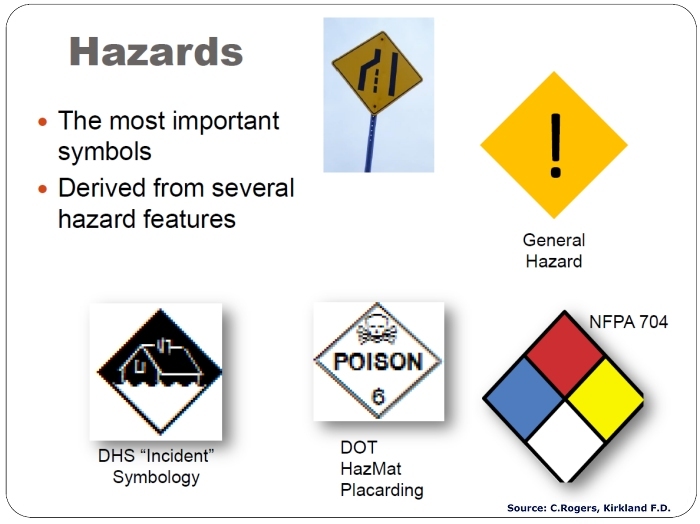
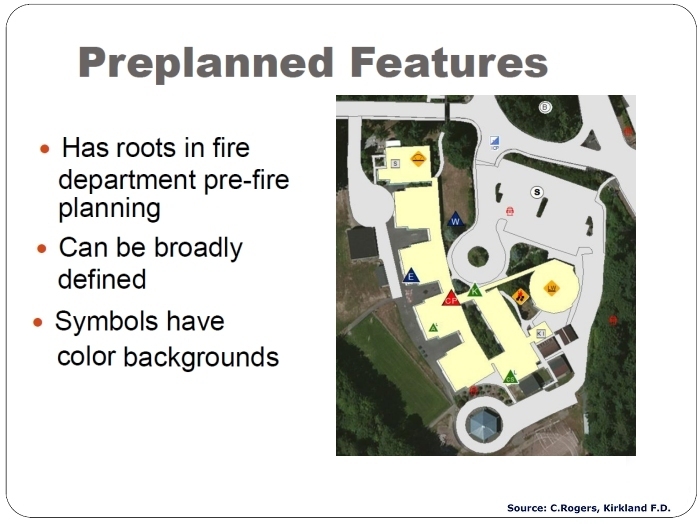
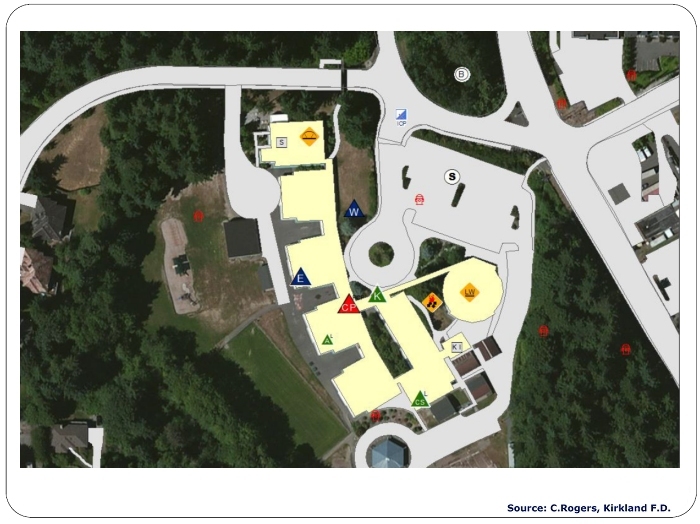
Here is another view of a map of the Kincade Fire (Sonoma County, CA.) After reviewing this Information Sheet, the map should now make a great deal more sense.
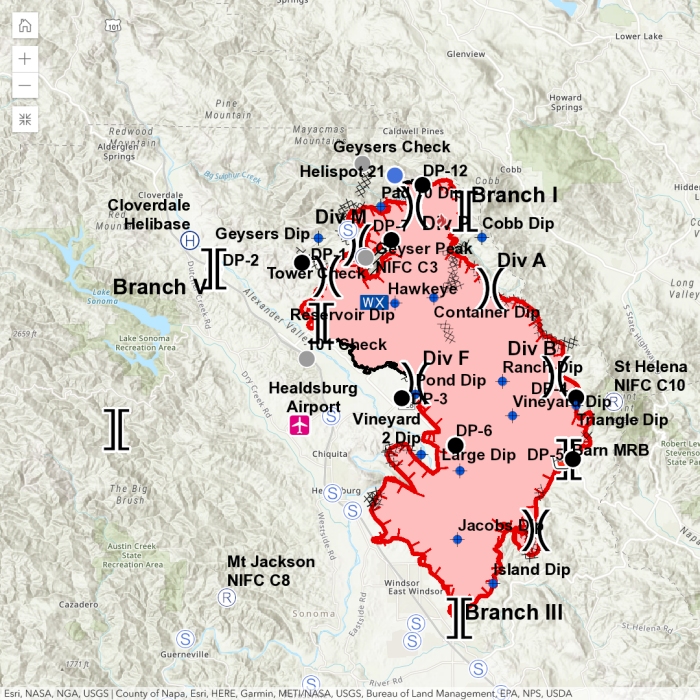
For a more complete discussion on this subject, please visit the NAPSG Foundation.
| 




